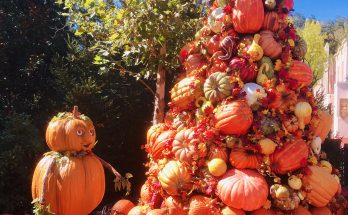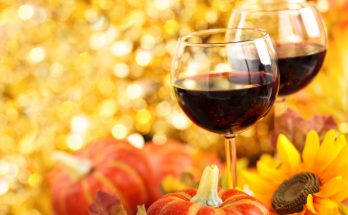We all seem to be doing a lot of cooking and eating these days, and one thing that really helps spice things up in any cooking tradition is a fresh herb. Here are some of my favorites herbs and why you should be growing them on your windowsill or in your garden.
Rosemary
If I were on a deserted island and only had one herb, my choice would be rosemary. Rosemary goes well with almost any kind of meat, it’s wondrous on potatoes, and even on nuts or with goat cheese. Its fragrance is truly uplifting. Rosemary is known for its anti-microbial and nutrient dense qualities as well. In fact, herbs in general are the least likely foods to be genetically modified and are loaded with nutrients that pack a punch in small amounts. A little goes a long way in terms of flavor and nutrition.
Thyme
My next choice would be thyme, as it is perhaps even more versatile than rosemary, and can serve as a garnish for most meat, many vegetable dishes, and savory egg dishes, as well as serving as a key ingredient in fish and chicken dishes. There are two principal types of thyme, French thyme (thymus vulgaris), a shrubby, earthy and hearty herb, and lemon thyme (thymus citriodorus), which has a lemony aroma and is more delicate. Lemon thyme and white fish are a lovely and easy pairing. Add garlic if you have it, and of course sea salt and freshly ground pepper! Incidentally, thyme has traditionally been used in many cold and cough remedies and makes a lovely tea. When combined in cooking, thyme and rosemary make an unbeatable dynamic duo.
Parsley
Parsley is a perfect garnish for salads, soups, and pretty much anything else savory you can think of. You can use either curly or flat parsley, each having its own character and texture. Curly parsley, because of its finer texture and less robust flavor, tends to be the preferred garnish, while chopped flat parsley is more of an ingredient in itself. Finely chop a handful of either kind, and preserve it in a glass jar in the freezer for use when you need some as an ingredient, but do not have any fresh. Save and freeze the stems of either kind for bone broth or vegetable stock.
From Basil to Sage
I use basil on fresh salads, sage for organ meats, cilantro for fish soup, and dill for borsch or other vegetable soups. Lavender is the ultimate dessert topping when it comes to baked fruit or fresh goat cheese. I have recipes for all of these in my cookbook, The Bordeaux Kitchen, and one thing you will see throughout the recipes, besides the use of herbs, is also the frequent use of sea salt, freshly ground pepper, and garlic. Though they are not herbs per se, they elevate the existing flavors of the dish.
Fresh Herbs Equal Happiness!
Even when confined at home, with or without a garden, we can plant an herb garden with these herbs. Try a window box or tabletop herb kit if you do not have a garden.
Herb kits are available online at Home Depot and Amazon with a variety of commonly used herbs. Other commonly used herbs to consider having on hand are oregano, marjoram, and tarragon (estragon), depending on what you think you will use most frequently. Having your own herbs fresh and nearby to harvest for your home cooking increases both flavor and joy!



